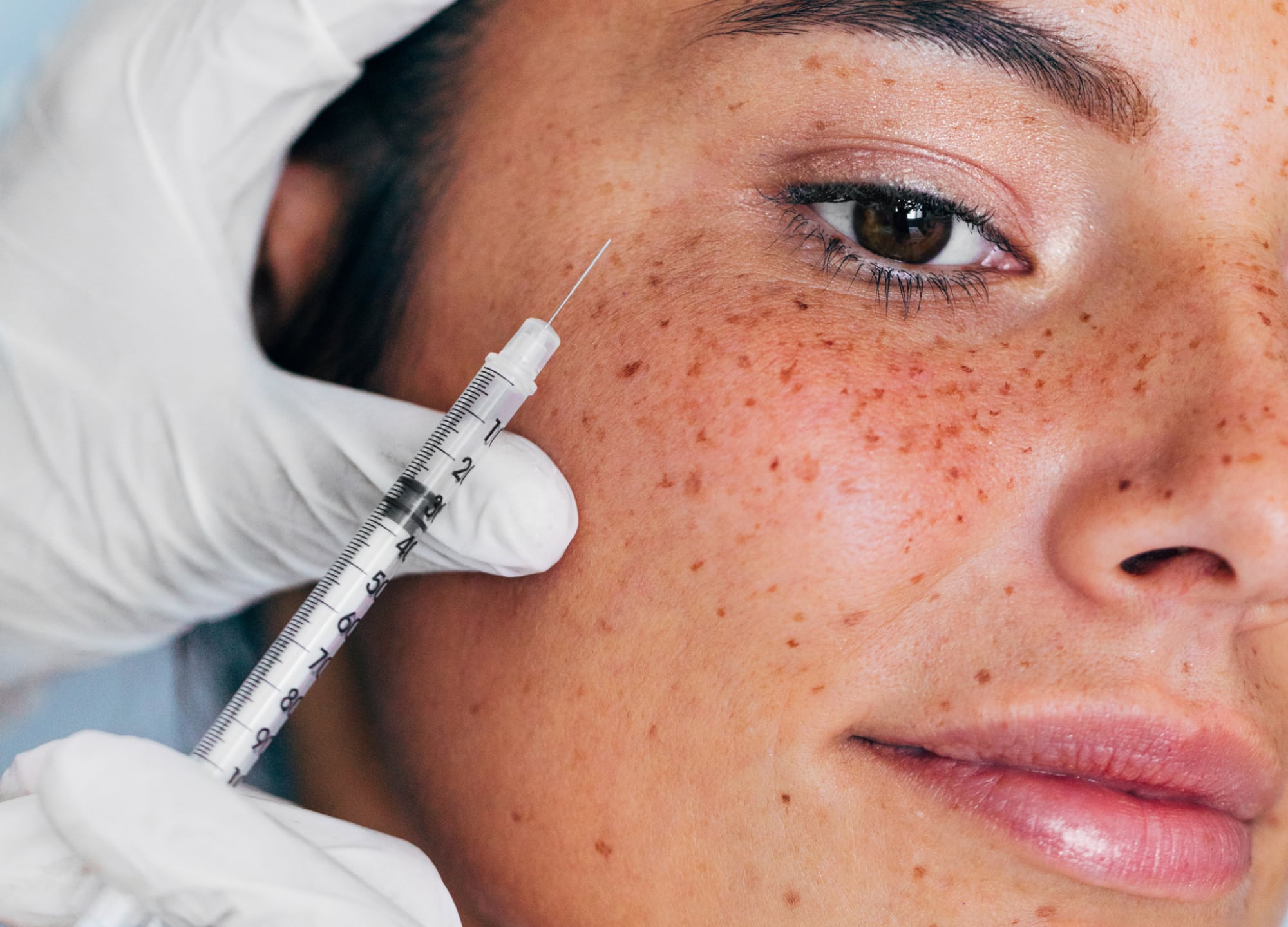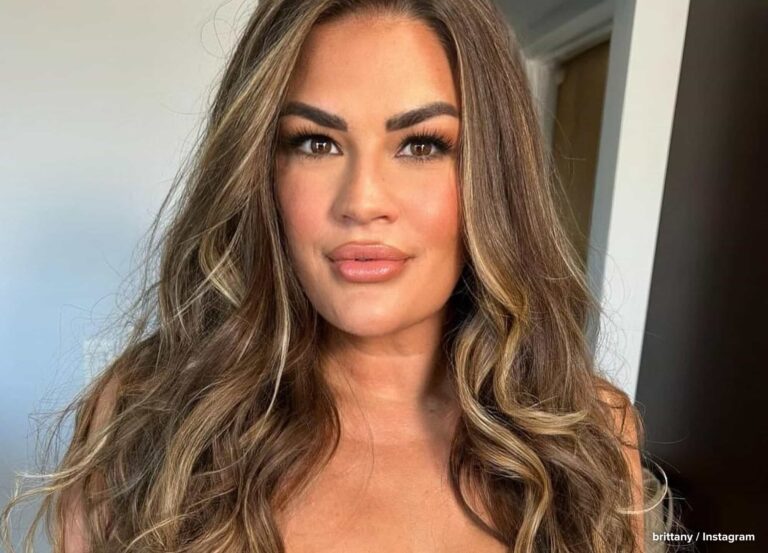While there are major differences when it comes to everything from cost to results to downtime, the surgical and nonsurgical procedures of the world don’t need to be viewed as an either/or situation. In fact, according to doctors, they can actually have a synergistic effect when used together. This holds particularly true as it pertains to addressing signs of aging, says New York City board-certified plastic surgeon Dr. Jordan Terner. “People look the most natural when you combine both surgical and nonsurgical modalities,” he says. “Nonsurgical treatments can only take you so far. Surgical treatments can only take you so far. But when you combine the two, the results are cumulative.” To that point, here are six pairings that experts say work extremely well together.
Facelift + PRP injections
“This is one of my personal favorite combinations of procedures to perform,” says Dr. Shirley Madhère, a holistic plastic surgeon in New York City. PRP (aka platelet-rich plasma) is derived from your own blood and stimulates your body’s reparative cell production; it has applications for everything from anti-aging to hair loss. In this case, Dr. Madhère says it can be utilized during the facelift, injected under the flaps of the skin that are being lifted and tightened. This helps improve cellular healing in the area after the fact, and you also get the overall skin rejuvenation benefits traditionally associated with PRP injections, Dr. Madhère explains.
There’s also a time-saving element, not to mention that because you’re already under anesthesia, there’s no additional pain or downtime, she adds. Alternately, postoperative PRP injections can also help enhance the results of the surgery, generally improving the texture and quality of the skin, says Dr. Madhère. These can be performed as early as six to eight weeks after the facelift, once preliminary healing has occurred.
Upper blepharoplasty + Botox
While the results of an eyelid lift, or upper blepharoplasty, are long-lasting, they’re not permanent. The skin will once again start to sag and lose tautness as you age, which is why most people tend to need another one after about 10 years, says Dr. Robert Schwarcz, a board-certified oculoplastic surgeon in New York City. But regular Botox injections can help to maintain the consistency and quality of the skin tissue by preventing muscle movement, he explains. “Patients usually start to notice some textural changes in their skin about three years after a blepharoplasty. We can address those with Botox injections around the eye and ‘boost’ everything back up, essentially prolonging the results of the surgery,” he says.
Neck lift + Kybella
“When it comes to the neck, patients often complain about both sagging skin and submental fat,” says Dr. Madhère. A surgical neck lift helps to remove excess skin and lift and tighten, but to address any residual fat, she often recommends Kybella after the fact. She points out that even though she often pairs liposuction with a neck lift, there can still be some stubborn pockets of fat left over, for which the injectable can be very helpful. She notes that there’s also no need to wait that long post-surgery; the Kybella can be injected a few weeks to months after. Unlike when Kybella is used on its own, often one round of treatment is sufficient, since some of the fat has already been addressed during the neck lift, notes Dr. Madhère.
Facelift + Glacial Rx
At board-certified plastic surgeon Dr. David Shafer’s New York City practice, some facelift patients return to the office 1-2 weeks after their surgery for a Glacial Rx treatment. The facial combines topical brightening products with a precision cooling wand that glides over skin to fight inflammation. “This device helps with the temporary reduction of pain, inflammation, swelling and down-regulates the inflammation cycle that occurs in response to injury,” Dr. Shafer explains. “So it totally makes sense that it not only works as a stand-alone treatment, but that it can help with the healing process following plastic surgery. We believe that Glacial Rx will be most beneficial for patients as their bruising and swelling starts to diminish as the precision contact cooling can be targeted for specific areas and really help reduce inflammation.”
Abdominal liposuction + Emsculpt
According to Dr. Terner, a series of Emsculpt treatments after liposuction can help with both healing and the final cosmetic outcome. “I find that the muscle stimulation helps with swelling and generally hastens the postoperative process. Many patients also report that it helps alleviate numbness so that sensation returns to the area quicker,” he explains. While traditional Emsculpt doesn’t have a fat-burning component, the muscular toning can enhance and complement liposuction results, particularly in a thin patient, he adds. He recommends two sessions per week for four weeks (starting two to four weeks after surgery), followed by weekly sessions for another month.
Gynecomastia correction + Radiesse
For male patients undergoing gynecomastia surgery—a removal of excess tissue that creates the appearance of female breasts in men—Dr. Terner says Radiesse can be a good adjunct therapy. “Injecting Radiesse into the superior pole of the chest helps fill it out a little bit so that it doesn’t end up super flat or concave, a look that many men, particularly those who exercise a lot, don’t want,” he explains. It also has the added benefit of tightening up any skin laxity, a plus for older men. He typically uses about three to five hyperdilute vials of the calcium-hydroxylapatite filler on each side of the chest.











